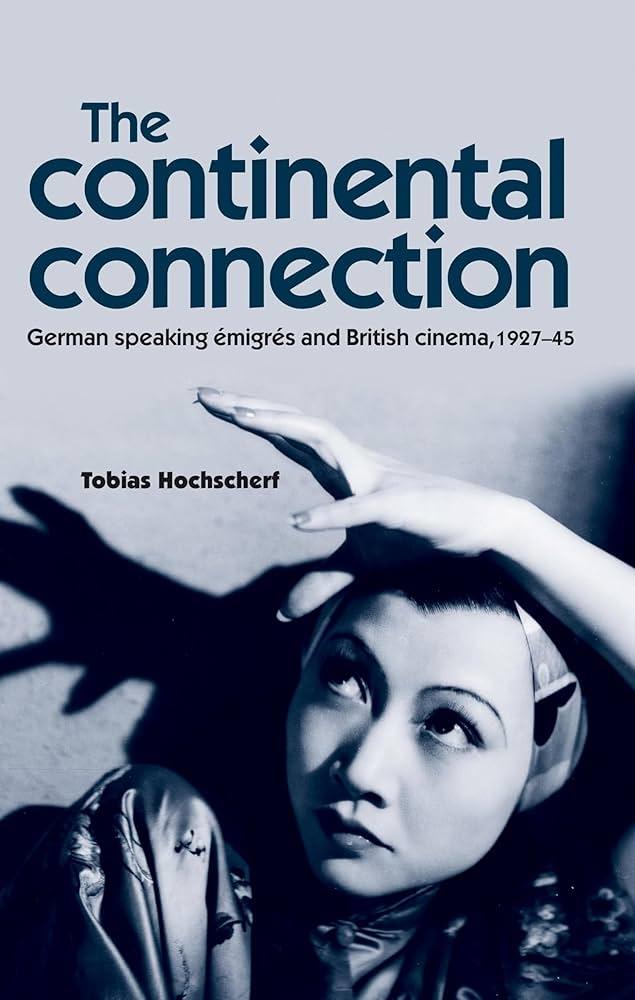The Enduring Impact of German Émigrés on Classic Hollywood Cinema
Recent coverage by the Los Angeles Times has brought renewed attention to the significant role German émigrés played in shaping the golden age of Hollywood. Escaping the turmoil and persecution of pre-World War II Europe, these gifted directors, actors, and technicians infused American cinema with fresh artistic perspectives and technical mastery. Their contributions not only transformed the visual and narrative style of U.S. films but also left a lasting cultural imprint that continues to influence the industry today.
How German Émigré Filmmakers Revolutionized Hollywood
The arrival of German filmmakers in the 1930s marked a turning point for Hollywood, introducing innovative aesthetics and storytelling techniques that challenged the era’s cinematic norms. These émigrés brought with them a deep understanding of German Expressionism, characterized by dramatic lighting, shadow play, and psychologically rich narratives. Their influence was instrumental in the rise of film noir, a genre defined by its moody atmospheres and morally complex characters, which remains a hallmark of classic American cinema.
Major Contributions of German Émigré Artists:
- Mastery of chiaroscuro lighting, creating the iconic shadow-heavy look of noir films.
- Progress of nuanced characters who blur the lines between heroism and villainy.
- Innovative narrative frameworks that heightened suspense and emotional tension.
- Avant-garde set and lighting designs that enhanced thematic storytelling.
- Mentorship roles that nurtured emerging American filmmakers and enriched Hollywood’s creative community.
| Filmmaker | Distinctive Style | Noteworthy American Film |
|---|---|---|
| Fritz Lang | Expressionist imagery, suspenseful narratives | Fury (1936) |
| Billy Wilder | Witty dialogue, dark comedic elements | Double Indemnity (1944) |
| Ernst Lubitsch | Elegant comedy, sophisticated humor | Ninotchka (1939) |
Artistic Innovations Brought by European Refugees
During the politically volatile 1930s, German émigrés introduced groundbreaking cinematic techniques that forever altered Hollywood’s visual language. Expressionist lighting, characterized by stark contrasts and dramatic shadows, became a defining feature of American suspense and noir films. Pioneers like cinematographer Karl Freund and director Fritz Lang utilized these methods to evoke psychological complexity and emotional intensity, setting new standards for film aesthetics.
Beyond technical advances, these filmmakers enriched Hollywood’s narrative style with:
- Psychologically layered characters: Moving beyond stereotypes to explore inner conflicts and moral ambiguity.
- Non-linear storytelling: Experimentation with time shifts and fragmented narratives to deepen audience engagement.
- Symbolic visual motifs: Use of metaphorical imagery to reinforce thematic depth.
| Technique | Leading Practitioner | Influence on Hollywood |
|---|---|---|
| Expressionist Lighting | Karl Freund | Shaped the iconic look of film noir |
| Psychological Characterization | Fritz Lang | Transformed character complexity in cinema |
| Symbolic Set Design | William Dieterle | Enhanced storytelling through visual symbolism |
The Cultural Synergy That Redefined American Film
The migration of German artists to Hollywood during the 1930s and 1940s sparked a dynamic cultural exchange that enriched American filmmaking. Bringing with them a heritage steeped in European avant-garde and Expressionist traditions, these émigrés introduced new narrative and visual techniques that expanded Hollywood’s creative horizons. Their work laid the foundation for genres such as suspense thrillers and psychological dramas, which emphasized moral complexity and atmospheric tension.
Key areas of their lasting impact include:
- Technical breakthroughs: Innovative use of lighting and shadow to evoke mood and tension.
- Enhanced storytelling: Exploration of ambiguous morality and multifaceted characters.
- Genre innovation: Popularization of suspense and noir genres that remain influential.
| Émigré | Role | Notable Film |
|---|---|---|
| Fritz Lang | Director | Scarlet Street |
| Billy Wilder | Screenwriter/Director | Double Indemnity |
| Otto Preminger | Director | Laura |
Preserving Their Legacy and Inspiring Tomorrow’s Filmmakers
Recognizing the monumental contributions of German émigrés is essential to understanding Hollywood’s evolution. These artists, who overcame adversity and displacement, revolutionized American cinema with their innovative storytelling, distinctive visual styles, and profound thematic explorations. Figures like Fritz Lang, Billy Wilder, and Michael Curtiz not only enriched the classic Hollywood era but also established enduring standards of cinematic excellence.
Enduring Lessons from Their Experiences:
- Transforming hardship into creative breakthroughs that pushed artistic boundaries.
- Fusing European artistic traditions with American cultural narratives.
- Mentoring emerging talents to sustain a legacy of socially aware and innovative filmmaking.
- Founding genres such as film noir and psychological thrillers that continue to captivate audiences.
Their influence remains a beacon for contemporary filmmakers, encouraging bold experimentation and cross-cultural dialogue. By celebrating their achievements, we ensure their place in cinematic history and provide future generations with a rich foundation for artistic innovation.
| Émigré Filmmaker | Primary Contribution | Legacy Highlight |
|---|---|---|
| Fritz Lang | Mastery of visual storytelling and Expressionism | Defined the aesthetic of film noir |
| Billy Wilder | Sharp, satirical screenwriting | Created timeless comedies and dramas |
| Michael Curtiz | Innovative camera work and dynamic direction | Directed classics like Casablanca |
Conclusion: The Lasting Influence of German Émigrés on Hollywood
The legacy of German émigrés in classic Hollywood cinema stands as a powerful example of how cultural exchange and resilience can redefine an art form. Their pioneering approaches to storytelling, lighting, and character development reshaped American film during a critical period, leaving an indelible mark that continues to inspire filmmakers and audiences worldwide. As we reflect on their contributions, it becomes clear that their visionary work not only enriched Hollywood’s golden age but also laid the groundwork for the future evolution of cinema.




